
What are stretch marks?
Some 40 to 90 percent of Americans develop stretch marks—usually by the armpits and on the thighs, abdomen, chest, and groin, according to an analysis in the American Journal of Clinical Dermatology. “Stretch marks are thought to be due to rapid skin expansion, such as from weight gain during pregnancy or puberty, and breaks in connective tissue and collagen found deep underneath the skin,” says Rachel Nazarian, MD, a board-certified dermatologist and assistant clinical professor at Mount Sinai Hospital department of dermatology. (These are other significant beauty changes that happen during pregnancy.)
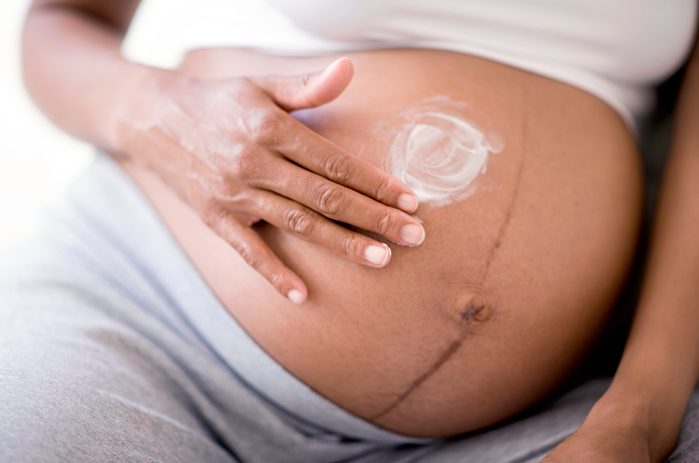
They moisturize, moisturize, and moisturize some more
The good news: Stretch marks aren’t inevitable. The bad news? According to Dr. Nazarian, some people are just genetically predisposed to them. But a good way to help minimize your chances of getting stretch marks is to make sure to moisturize skin liberally, especially during times of pregnancy and rapid weight gain or loss. Skin that’s well hydrated is more supple and better able to withstand the forces of stretch.

They get massages
Another thing that keeps skin healthy and less likely to develop stretch marks is massage, according to Dr. Nazarian. “I encourage massage with emollients that help promote circulation and potentially minimize the chance of stretch marks,” says Dr. Nazarian.
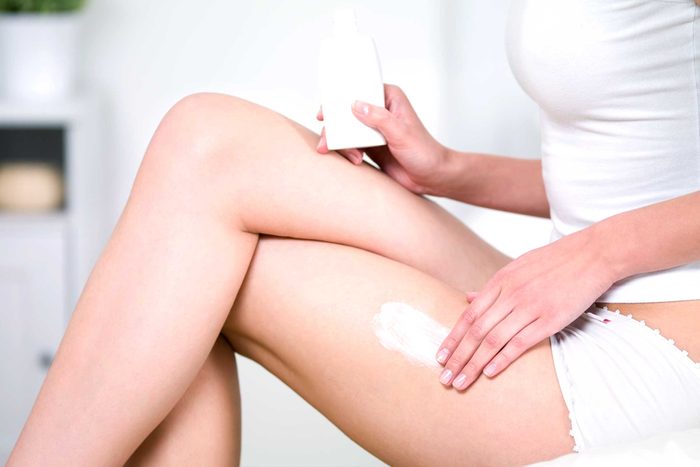
They use topical retinoids
Tretinoin or Retin-A, a derivative of vitamin A, is usually prescribed for acne or anti-aging, but it’s also the only active ingredient shown to fade stretch marks. It works by encouraging collagen remodeling, which helps heal scars—and stretch marks are a form of scarring. “Topically, Tretinoin has been shown to stimulate new collagen growth, which lessens the look of stretch marks,” says Jeremy Brauer, MD, a New York City-based dermatologic surgeon. However, Dr. Nazarian warns that retinoids are not safe during pregnancy or while breastfeeding. Retinoids work best when used early, when stretch marks are still red and inflamed. Once stretch marks turn white, they’re harder to treat.
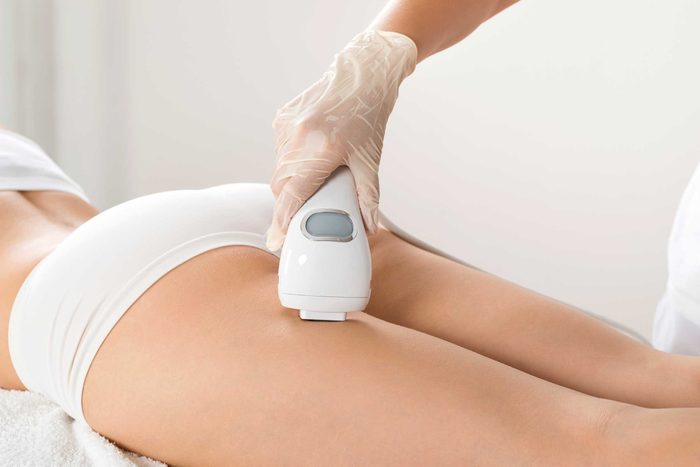
They use laser treatments
Because stretch marks are nearly impossible to erase completely, the goals of treatment are to improve the appearance and texture of the skin as much as possible, according to Dr. Brauer. He says that newer red striae vascular laser treatment, such as the pulsed dye laser, is very successful at reducing the color of stretch marks as well as achieving some improvement in texture. Fractional non-ablative lasers are also effective at improving texture. Dr. Nazarian adds that treatments such as Fraxel, CO2, and microneedling all help stimulate collagen and elastin fibers under the skin.
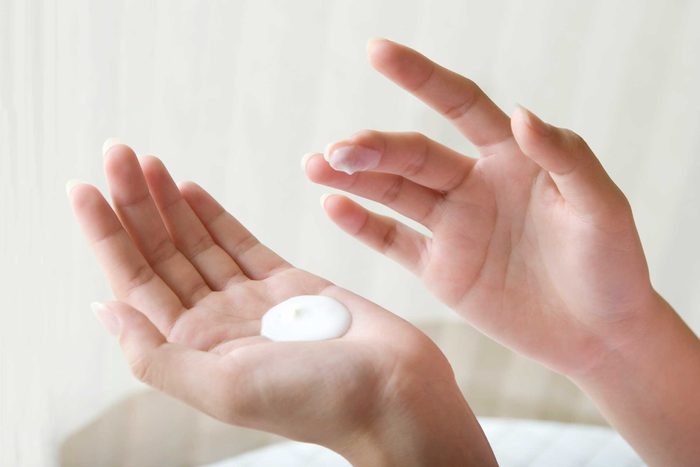
They sometimes go OTC
When considering over-the-counter treatments, both Dr. Nazarian and Dr. Brauer suggest looking for a cream that contains retinol, such as Paula’s Choice 1% Retinol Treatment or Cerave Skin Renewing Cream Serum. Another option is Mederma’s Stretch Mark Therapy, which uses hyaluronic acid instead of a retinol, making it safe for pregnant and nursing women. It also has been shown to increase the moisture content of the skin, keeping it supple and elastic.
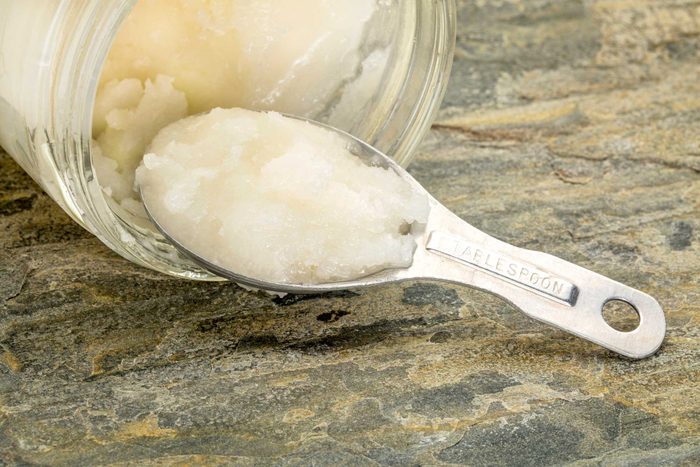
They don’t scoff at at-home remedies
Dr. Nazarian warns that no at-home treatment has ever been proven to work in clinical studies. That being said, she adds that olive oil and coconut oil are wonderful anti-inflammatory options that may help and certainly won’t hurt when it comes to treating stretch marks. At the very least, they’re likely to keep skin soft and supple.
